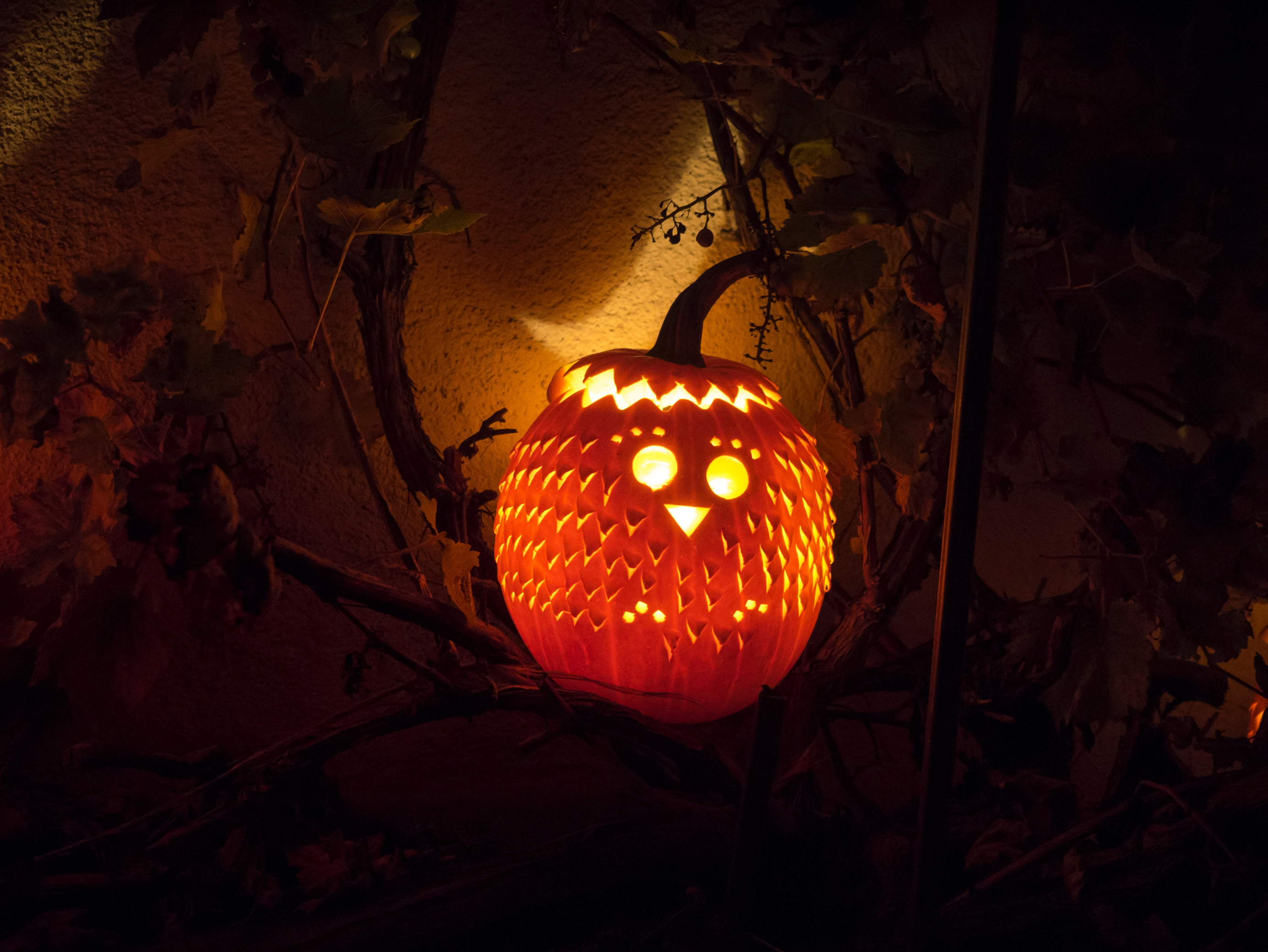When you buy a product or service through links on approvedcoupon.com, we may earn a commission.

Introduction:
Halloween, the annual celebration of all things eerie and supernatural, is a beloved holiday in many parts of the world. While it originated in Ireland and has strong roots in North America, the way people celebrate Halloween varies widely from country to country. In this exploration of Halloween traditions around the world, we'll take you on a spooky journey through the diverse and fascinating customs that make this holiday a global phenomenon.
1. Ireland: The Birthplace of Halloween
Our journey begins where it all started, in Ireland. Halloween, or Samhain as it was originally known, dates back over 2,000 years. It marks the end of the Celtic harvest season and the beginning of winter. The Irish believe that on Halloween night, the boundary between the living and the dead is at its thinnest, allowing spirits to return to the earthly realm. To ward off these malevolent entities, the Irish carved turnips with scary faces, placing candles inside to create what we now know as jack-o'-lanterns. This tradition later evolved into carving pumpkins, a practice we see today worldwide.
2. Mexico: Dia de los Muertos (Day of the Dead)
In Mexico, the Halloween season extends to a two-day celebration known as Dia de los Muertos, or Day of the Dead. This holiday, observed on November 1st and 2nd, is a colorful and vibrant tribute to deceased loved ones. Families build altars, or ofrendas, adorned with marigolds, sugar skulls, candles, and the favorite foods and drinks of the departed. They believe that during this time, the spirits of their ancestors come back to visit, and they celebrate with music, dance, and storytelling.
3. China: Teng Chieh – The Hungry Ghost Festival
In China, Halloween is not celebrated on October 31st but rather on the 15th day of the seventh lunar month, typically in August. The Hungry Ghost Festival, or Teng Chieh, is a time when people honor their deceased ancestors and appease wandering spirits. Families set up altars with offerings of food and burn incense to provide comfort to the souls of the departed. On the streets, you'll find colorful parades and traditional Chinese opera performances to entertain both the living and the dead.
4. Japan: Obon Festival
Japan has its own version of a festival to honor the deceased, known as Obon. Although not directly related to Halloween, Obon typically takes place in July or August and shares some similarities with the Western holiday. Families light lanterns and visit ancestral graves to welcome the spirits of their loved ones back home. It's a time for reflection, gratitude, and remembrance.
5. United States: The Grand Halloween Extravaganza
In the United States, Halloween is synonymous with costumes, candy, and spooky decorations. The holiday has evolved into a grand celebration that appeals to people of all ages. Children dress up in elaborate costumes, go trick-or-treating in their neighborhoods, and compete for the most candies. Haunted houses, horror movie marathons, and pumpkin carving contests are just a few of the other popular traditions during this time.
6. United Kingdom: Bonfire Night
While Halloween is widely celebrated in the UK, it's not the only event that takes place around this time of year. On November 5th, Bonfire Night, or Guy Fawkes Night, commemorates the failed Gunpowder Plot of 1605. People light bonfires, set off fireworks, and create effigies of Guy Fawkes to burn. Although this celebration has historical significance, it adds a unique twist to the Halloween season in the UK.
7. Germany: A Spooky Twist on Halloween
Germany puts its own spin on Halloween with a blend of ancient traditions and modern celebrations. Germans decorate their homes with jack-o'-lanterns, skeletons, and cobwebs, similar to the United States. However, they also have a unique tradition called "Rübengeistern," where turnips are carved into scary faces. This practice hearkens back to the Irish and Celtic origins of Halloween.
8. Sweden: All Saints' Day
In Sweden, Halloween isn't as widely celebrated as in some other countries. However, All Saints' Day, observed on the first Saturday of November, serves as a time for families to visit cemeteries, light candles, and remember their loved ones who have passed away. It shares some similarities with Dia de los Muertos in Mexico and is a solemn and reflective holiday.
9. South Korea: Chuseok
South Korea celebrates Chuseok, a harvest festival that falls around the same time as Halloween. While it's not a spooky holiday, Chuseok involves paying respects to ancestors through ancestral rites, visits to ancestral graves, and the sharing of traditional foods. It's a time when families come together to celebrate their heritage and give thanks for the harvest season.
10. Australia: Halloween Down Under
Halloween in Australia is gaining popularity, albeit slowly. It's not an official public holiday, but Australians are embracing the fun and spooky aspects of the celebration. Children go trick-or-treating, costume parties are held, and houses are adorned with Halloween decorations. With its warm weather and outdoor lifestyle, Australia is slowly making Halloween its own.
Conclusion:
Halloween is a wonderfully diverse holiday that has found its place in cultures around the world. While it may have originated in Ireland, it has evolved and adapted in various ways, reflecting the unique beliefs and traditions of each country. From the colorful and lively Dia de los Muertos in Mexico to the solemn remembrance of All Saints' Day in Sweden, Halloween is a global celebration that brings people together to honor the past, confront their fears, and embrace the mysteries of the unknown. No matter where you are in the world, the spirit of Halloween can be found in the hearts of those who dare to celebrate it. So, as October 31st approaches, remember that Halloween is not just a single night of costumes and candy—it's a worldwide tapestry of traditions and a testament to the enduring power of the spooky and the supernatural.